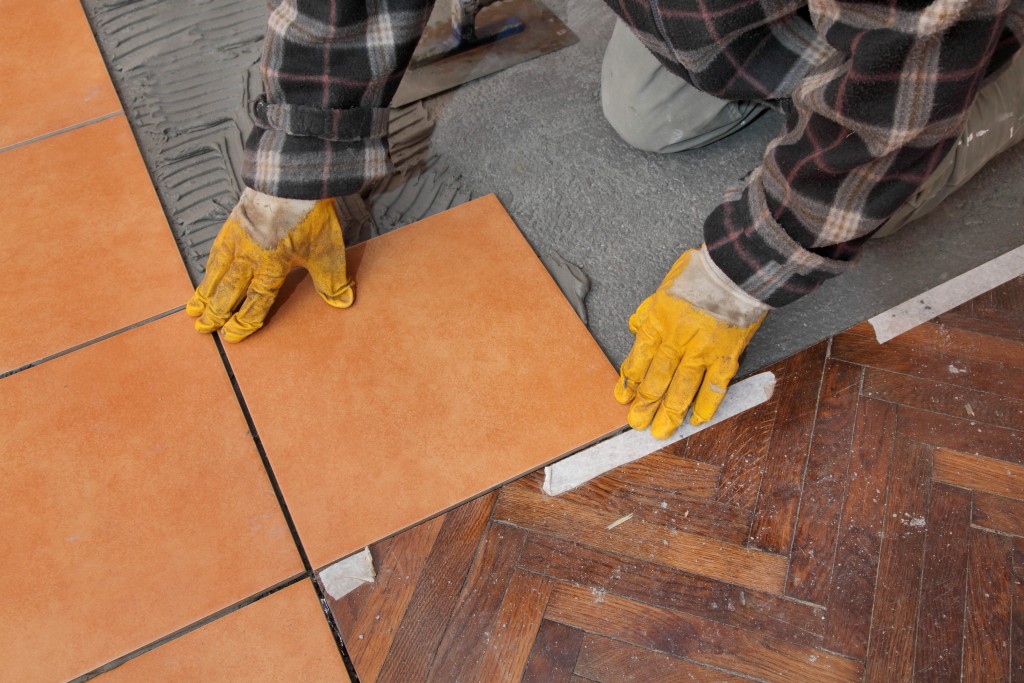Making improvements around the home can be one of those things that never seem to get ticked off your to-do list. Not every project can be tackled with a DIY approach, and limitations of time, budget, and effort all combine to push these renovations further down the agenda. But when you get the opportunity, which area of the house will you work on first?
The home contractors you consult with can tell you from experience how likely you are to recoup the cost down the line. But if you aren’t going to sell your property anytime soon, then you can reap significant benefits each day by addressing functional issues in your home first. Here’s how you can prioritize such needs.
Identify high-impact projects
Some upgrades have an impact that’s non-negligible or hard to ignore. Repair issues, such as outdated electrical wiring or a roof in deteriorating conditions, should always be a top priority; if you don’t address these, your home will be at an increased risk of fire or water leakage. For other projects, the impact might show up in other areas. Installing energy-efficient windows, for example, will reduce the unwanted heat transfer that drives up your household energy consumption, and this will take effect immediately and add up to considerable savings over the years. When you prioritize these types of projects around the house, you can address major functional deficiencies and get a lot of bang for your buck as far as the quality of living is concerned.
Explore other perspectives

Although you’ve probably been keeping a list of the upgrades and fixes you’ve been itching to make around the house, don’t let that limit your options. A shift in perspective can open your eyes to opportunities you hadn’t considered before.
Talk with other people in the household to get their opinions, or use a “day in the life” exercise to better understand how everyone interacts with the home and what their needs are. Are your kids frequently running late for school? Perhaps an additional bathroom will help everyone get through their morning routines on time. Even if you live alone, reviewing your daily habits through a detached perspective can reveal ways to add convenience through improved function. For example, an adjustable smart light in the bedroom can give you an extra 30 minutes of reading time at night without disrupting your sleep.
Consider changes over time
Value isn’t something that remains constant; it can fluctuate over time. This doesn’t just apply to the monetary worth of assets but also functional value. You might need additional storage now, but if your children are leaving home in a year or two to go off to college, you could use their rooms for storage space instead, and just declutter in the meantime.
On the other hand, some upgrades will only become essential over the years. Finishing your basement can turn it into a space suitable for home exercises, which will keep you fit and healthy into your later years. And if you decide to age in place, improvements such as slip-resistant floor coating or motion-activated lighting will increase in value when you’re a senior and have to deal with reduced mobility and visual acuity. Keep one eye on the road ahead, and you can anticipate lifestyle changes that can make a project’s function more or less important.
Function isn’t everything, but in a changing world, factors such as curb appeal or design trends can be poor predictors of return on investment. On the other hand, ensuring that your home addresses vital needs using these prioritization techniques will provide guaranteed value.







